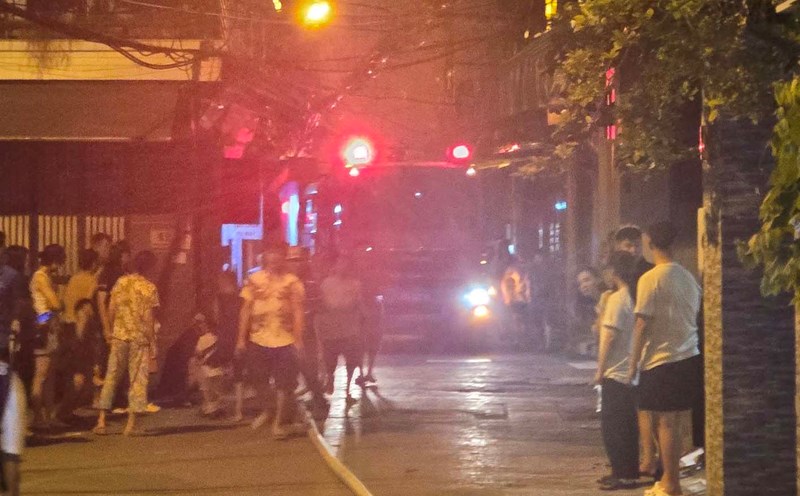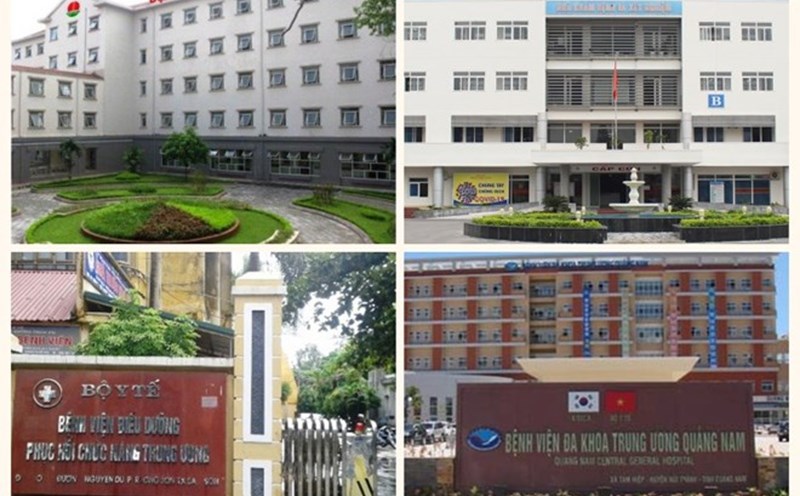Hanh (character's name has been changed, 13 years old, Ho Chi Minh City) undergoes a periodic health check-up before going to school, an ultrasound detects a tumor, and the risk of the tumor developing, causing ovarian torsion. The child was still living normally and had no complications, but the tumor needed surgery.
Dr. Nguyen Thanh Son Vu, Department of Pediatric Surgery, Tam Anh General Hospital, Ho Chi Minh City, has performed endoscopic surgery to completely remove the tumor and small incision, ensuring aesthetics, while still preserving the ovaries to the maximum extent to protect hormonal and physiological function in the future. Biological results determined the tumor to be benign. The patient was discharged after 2 days, and re-examined after a week for an ultrasound.
More seriously, baby Tran (character's name has been changed, 15 years old, HCMC) suffered from abdominal pain, fever, diarrhea and blood loss for many consecutive days. The family thought it was a sign of common digestive disease, so they took Tran for a general health check-up. The baby's ultrasound results detected a tumor on both sides of the lower abdomen. The doctor explained that because the ovaries in children are large in size, the tumor will compress neighboring organs that cause abdominal infections. U develops on both sides of the ovaries, with complications often being more severe than on one side.
The doctor ordered a CT scan to clearly identify the diagnosis, the result was an adult free tumor, and underwent surgery. Because the tumor was too large, it had to be operated on, successfully removing the entire tumor after 120 minutes of surgery, and discharged after three days. The analytical results determined the tumor to be benign.
follicular ovarian tumor is a disease that can occur in girls of all ages, from fetal age to adolescence. This disease is common in adult women, but children around 10 years old can already have tumors.
The two common types of ovarian tumors are dichic follicles and freeform tumors, most of which are benign, but need surgery to treat the tumor with a diameter of 5 cm or more to avoid complications. The disease needs to be detected early and monitored to reduce the risk of ovarian torsion that can affect the child's reproductive function later on, or cause compression of surrounding organs. Some cases may progress to malignant tumors.
The disease often progresses vag vaguely, without specific symptoms. A common manifestation is abdominal pain, which can be easily confused with digestive problems. Juvenile girls like the two cases mentioned above will easily be mistaken for menstrual cramps, menstrual disorders, etc.
Most of the disease is discovered by chance when going for a health check-up or a digestive check-up with symptoms such as abdominal pain, swelling, constipation, urinary tract disorders, etc.
Currently, ovarian cysts are often treated with endoscopic surgery with high efficiency, helping to preserve the ovaries to the fullest extent, ensuring aesthetics and physiological and hormonal functions for children in the future.











